 The first day or two of classes, as you establish your classroom procedures, you and your students will probably also be discussing some topics they will learn about during the year. If you spend any time at all teaching about nutrition, the human body, economics, history, or you are a science or health teacher you may be able to generate some enthusiasm and interest from your students by starting a conversation about disease! Specifically, a disease that more than ten percent of Americans have: diabetes. Nearly everyone knows someone with the condition. Use the links in this blog to find tie-ins for teaching resources related this the topic. Supplement Student’s Prior Knowledge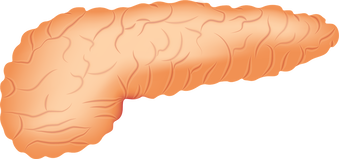 Your students will have information to share. Encourage them. Supplement their background knowledge by describing how, after a meal, the body’s digestive system normally breaks down carbohydrates into glucose. The glucose is then absorbed into the bloodstream through the lining of the small intestine. Once in the bloodstream, insulin (made in the pancreas) causes the body’s cells to absorb the glucose and use it for energy. 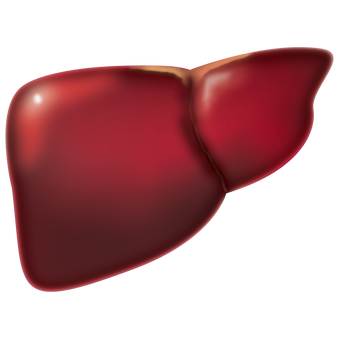 Insulin also helps balance blood glucose levels. When there’s too much glucose in the bloodstream, insulin signals the body to store excess in the liver. The stored glucose isn’t released until blood glucose levels decrease, such as between meals or when the body is stressed or needs an extra boost of energy. Discovery of Insulin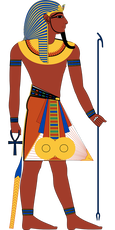 Ancient Egyptian hieroglyphics mention a sickness described by excessive urination, thirst, and weight loss. Even without a name, the condition has been observed since 1550 BC. 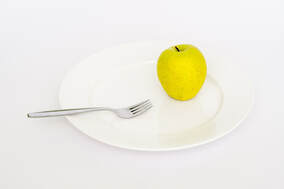 Today we know that diabetes is a disease in which the pancreas either does not make insulin, or the body has become resistant to the insulin it makes and needs more. Before scientists learned about insulin, the most effective treatment was to put diabetics on strict diets with minimal carbohydrate intake, which might only extend their lifespan a few extra years. 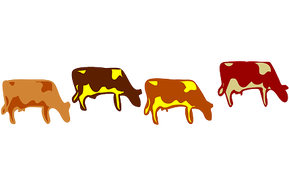 By the early 20th century, animal research helped scientists learn that insulin is produced by cells called islets of Langerhans in the pancreas. Researchers extracted the hormone from the pancreases of cattle and injected it into the first human patient in 1922. The patient had dangerously high blood glucose levels, but, after injection, those levels dropped to near-normal. 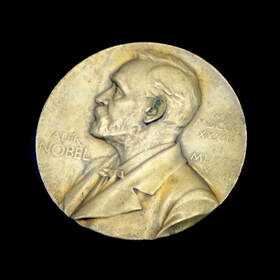 As a result of the discovery, the 1923 Nobel Prize in Medicine was awarded to Frederick Banting and John Macleod. Researchers Charles Best and James Collip, along with Banting, were also awarded the American patents for the drug, which they then sold to the University of Toronto for $1 each. Said Banting, “Insulin does not belong to me, it belongs to the world.” His desire was for everyone who needed insulin to have it. Mass Production Mass production of insulin by pharmaceutical companies was necessary to get the drug to the many people who needed it. The raw materials required to make a small quantity were staggering. About 8,000 pounds of animal pancreas glands are necessary to make one pound of insulin. The glands came from swine and cattle slaughtered for food. The imperfect process yielded the animal hormone, which caused allergic reactions in many human patients, but it saved millions of lives. (If you discuss evolution in your class, the fact that other organisms make hormones similar those made in the human body is a significant piece of evidence which supports the theory.) 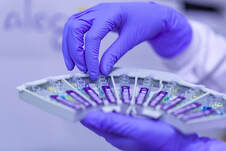 Then, in the 1970s, scientists learned to produce recombinant DNA molecules. Using the recombinant technique, selected pieces of DNA can be transferred from one organism to another. New, therapeutically useful hybrid molecules can be formed.  The pharmaceutical company Eli Lily soon partnered with research institutions to produce insulin using this biotechnology method. Scientists inserted synthetic genes carrying the code for human insulin into an E. coli bacterial strain (derived from common bacteria found in the human intestine). Once inside the bacteria, the genes translate the code into different protein chains found in insulin and the chains are joined to form complete insulin molecules. Human Insulin, But at a Price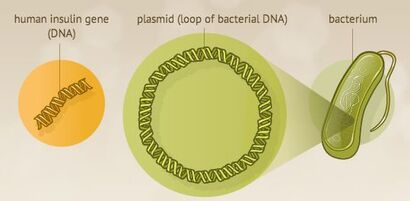 On September 6, 1978, researchers announced that they had developed the first genetically engineered, synthetic human insulin using recombinant DNA technology. The recombinant DNA method, which today uses plasmid vectors in both E. coli bacteria, as well as S. cerevisiae yeast (found in fruit; baker’s yeast; brewer’s yeast), has the advantage of reducing our dependency on animal glands to treat diabetes. Also, allergic reactions to insulin therapy have been eliminated. (September 6, 2021, the 23rd anniversary of announcement of recombinant insulin, falls on Labor Day, perhaps just a day or two before this school year begins. If you teach your students about it, you’ll be giving them some modern genetics knowledge, as well as helping them to understand how an important medicine is produced. It should be noted that Humulin (human insulin) could not be sold to diabetics until about four years later because it needed FDA approval. That fact is a great opportunity to talk about the Scientific Method of Inquiry in terms of pharmaceutical drug testing.) 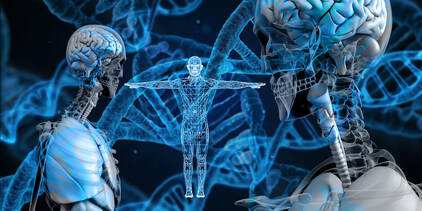 Today, three major drug companies mass produce insulin and control 90% of the worldwide market. They are Eli Lilly, Sanofi, and Novo Nordisk. These companies now sell biosynthetic human insulin, ultra-rapid and ultra-long-acting insulins. Thanks to decades of research, people with diabetes can choose from a variety of formulas and ways to take their insulin based on their personal needs and lifestyles. The drug is not a cure for diabetes, but it can save the lives of people who have access to it. Unfortunately, many do not have access to it. According to https://www.statista.com, there are 463 million people living with diabetes all over the world (2021). In some places of the world, the drug may either be unavailable, unaffordable, or both. 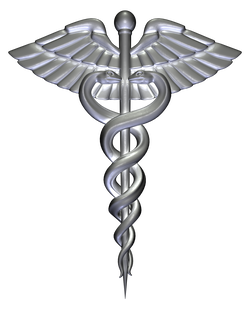 Some parts of the world (like the US) have high insulin prices. Other areas are plagued by supply chain problems such as the ability to safely distribute a refrigerated drug and supplies such as sterile needles and syringes that go along with it. The fact that there is not a generic alternative to the drugs offered by the three multinational companies is a major reason prices in some areas remain high. Until there are improvements in medical infrastructure, universal health coverage which includes insulin, and increased competition by generics, Frederick Banting’s sentiment of all people having access to insulin will not be achieved.
0 Comments
Leave a Reply. |
AuthorGertrude Katz has spent over 30 years teaching K-12 public school students all major subjects. She has taught biology and education at the college level. The majority of her career has been spent instructing biology at the secondary level. Categories
All
|
 RSS Feed
RSS Feed